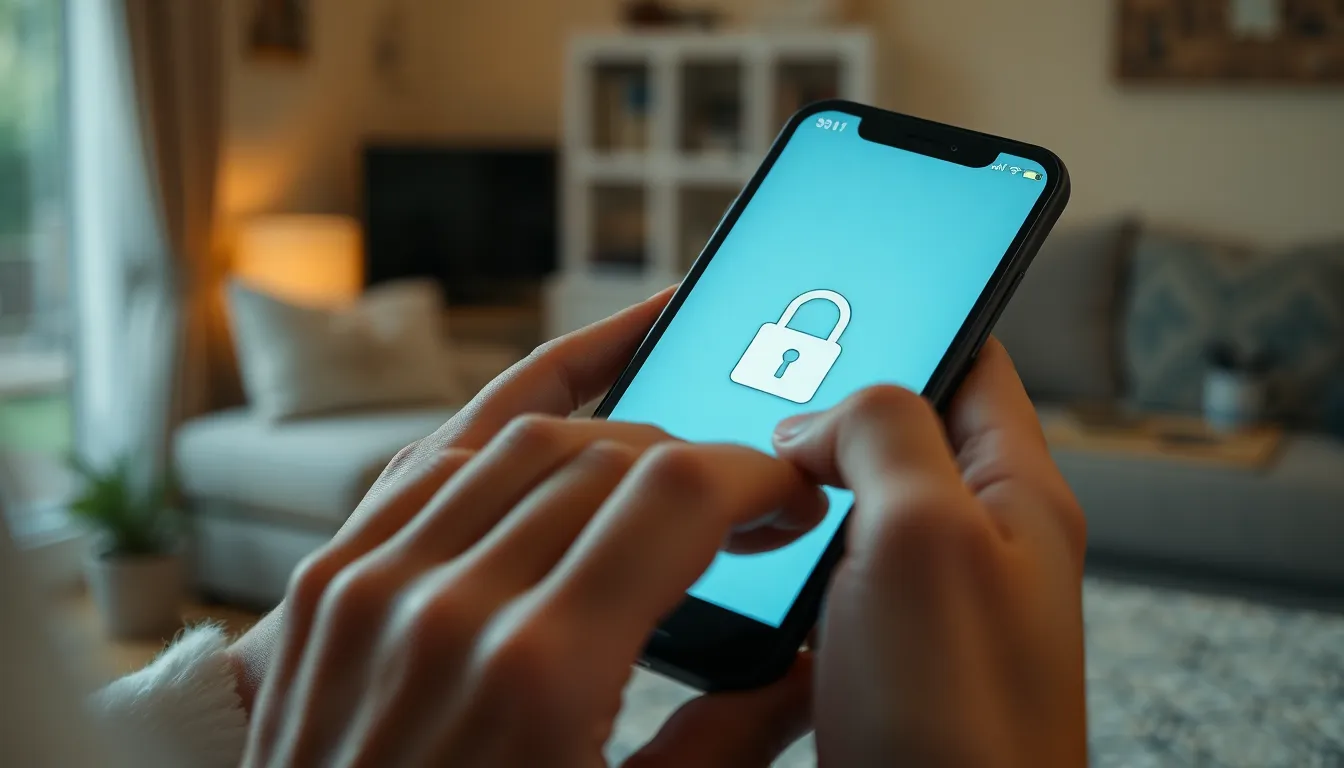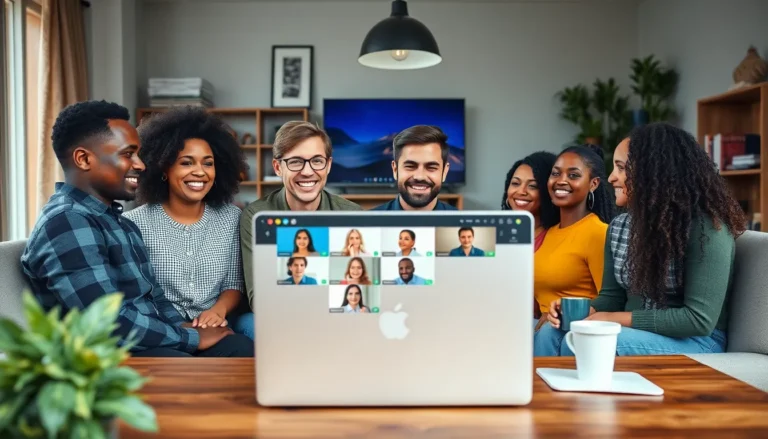Table of Contents
ToggleUnlocking files on an iPhone can feel like trying to crack a safe with a toothpick. Frustrating right? Whether it’s that elusive document hiding in your Notes app or a photo album that’s playing hard to get, knowing how to access locked files is essential. Luckily, with a few simple tricks up your sleeve, you can become a file-unlocking ninja in no time.
Understanding File Locking on iPhone
File locking on an iPhone occurs for several reasons, often leaving users unable to access important content. Unlocking files can enhance usability and efficiency, enabling quick access to essential information.
Common Reasons for Locked Files
Device security features often cause files to be locked. Users may unintentionally lock documents or albums by setting privacy settings. Account restrictions can prevent access due to differing permissions across apps. Additionally, a file corruption can arise during transfers, leading to a locked state. Lastly, software updates might also change file statuses unexpectedly, leaving users puzzled about accessing previously open files.
File Types That Can Be Locked
Various file types are subject to locking on an iPhone. Documents such as PDFs and Word files often require password protection. Media files like photos and videos can also be locked through album settings. Apps like Notes or Files may restrict access based on current permissions. Even certain app data or configurations might hold restriction statuses. Understanding the specific file types aids users in efficiently tackling locking issues.
Methods to Unlock Files on iPhone

Unlocking files on an iPhone can involve various techniques. Users can utilize built-in features or explore third-party applications designed for this purpose.
Using Native iOS Features
Native iOS features offer straightforward solutions. Users can access locked files within apps like Notes or Photos. For instance, the built-in Notes app allows users to unlock secured notes by entering a password or using Face ID or Touch ID. Media files, such as photos or videos, often remain locked due to privacy settings. Adjusting settings in the Photos app can grant access by selecting the album and entering the necessary passcode. These native tools streamline the unlocking process without additional downloads or purchases.
Third-Party Apps to Consider
Third-party apps provide alternative solutions for unlocking files. Numerous applications specialize in file management and unlocking features. For example, iZip enables users to extract locked ZIP files while providing an intuitive interface. Documents by Readdle offers an efficient way to access various file types, including PDFs that may require unlocking. Other apps, like WinZip or File Manager, present similar capabilities. Each app may have unique features tailored to specific file types or user needs, ensuring flexibility in unlocking locked content on iPhones.
Troubleshooting Common Issues
Unlocking files on an iPhone might not always go smoothly. Users encounter various hurdles, but quick resolutions are possible.
What to Do If the Files Won’t Unlock
First, check the password. Entering the correct one is essential. Restarting the device can resolve temporary glitches as well. Users can also verify the app permissions; sometimes, an app might require additional permissions to function correctly. If issues persist, try removing and reinstalling the app related to the locked file, and explore alternative unlocking methods through third-party applications. Contacting the app’s customer support can provide tailored solutions too.
Ensuring iOS Is Up to Date
Updating to the latest iOS version can prevent issues related to locked files. Navigate to Settings, then General, and select Software Update to check for updates. Installing available updates enhances compatibility and security. Regularly updating can eliminate bugs that lead to file locking. Users should also ensure that third-party apps receive updates, as app developers often release fixes for known issues. Staying current with updates enhances overall device performance significantly.
Best Practices for File Management
Effective file management on an iPhone ensures better accessibility and security of important documents. Understanding key practices helps users navigate their devices efficiently.
Regular Backup Recommendations
Regularly backing up files prevents potential losses caused by device failures or accidental deletions. Utilize iCloud to automatically store photos, documents, and app data securely. Consider external options like iTunes or third-party services for additional redundancy. Setting up automatic backups offers peace of mind, ensuring that the latest versions of files are always available. Weekly or monthly schedules cater to user needs and workflows, promoting consistent data protection.
Security Tips for Sensitive Files
Securing sensitive files protects against unauthorized access and data breaches. Initiate password protection for specific apps, such as Notes or files within third-party applications. Activating Face ID or Touch ID provides convenient yet secure access to locked content. Regularly updating passwords strengthens security measures, making unauthorized access increasingly difficult. Remaining vigilant about app permissions helps identify which apps can access sensitive files, enhancing overall security.
Unlocking files on an iPhone doesn’t have to be a daunting task. By understanding the reasons behind file locking and utilizing the right techniques, users can gain access to their essential content without hassle. Whether it’s through native iOS features or reliable third-party applications, there are effective solutions available for various file types.
Staying informed about best practices for file management and security can further enhance the overall experience. Regular backups and timely updates are crucial in preventing issues related to locked files. With these strategies in hand, users can navigate their iPhones with confidence and ease, ensuring that important documents and media are always just a few taps away.




